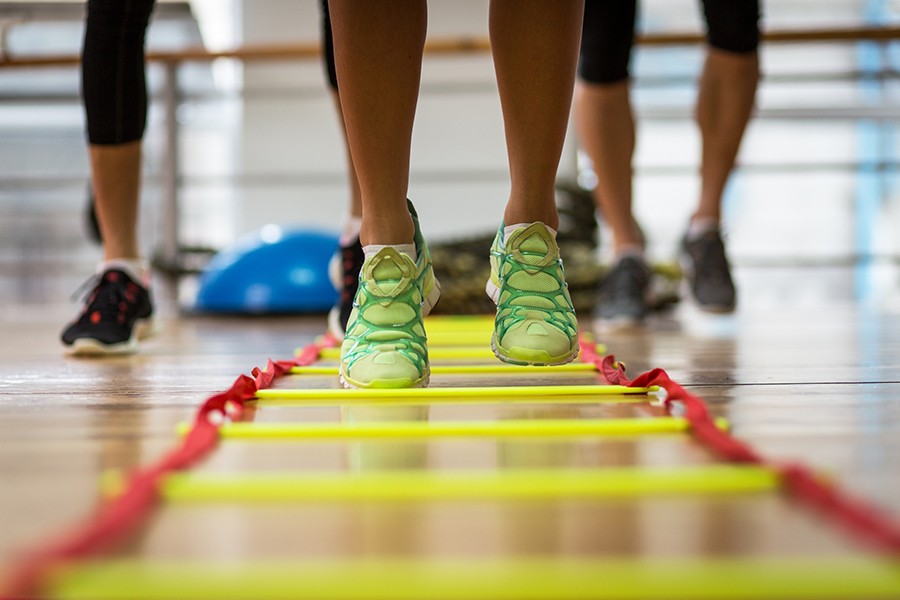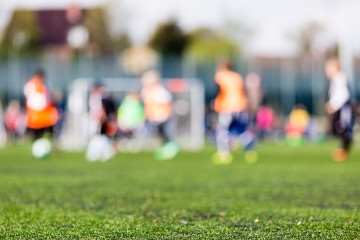A new study from the Johns Hopkins University Bloomberg School of Public Health suggests that physical activity among kids and teenagers is lower than previously thought, and that young adults over the age of 20 show the only increases in activity over the lifespan—after the age of 35, the study found, activity levels declined through midlife and older adulthood.
The surprising findings, published online in the journal Preventive Medicine, used activity trackers to examine the movements of more than 12,000 study participants throughout the day. Understanding the patterns of when people are active and sedentary could help health providers design programs to increase physical activity by targeting not only age groups but times with the least activity, such as during the morning for children and adolescents, the researchers say.
"Activity levels at the end of adolescence were alarmingly low, and by age 19, they were comparable to 60-year-olds," says the study's senior author, Vadim Zipunnikov, assistant professor in the Department of Biostatistics. "For school-age children, the primary window for activity was the afternoon between 2 p.m. and 6 p.m. So the big question is, how do we modify daily schedules, in schools for example, to be more conducive to increasing physical activity?"
To break down their findings, the researchers divided participants into five age groups: children ages 6 to 11; adolescents ages 12 to 19; young adults ages 20 to 29; adults at midlife ages 31 to 59; and older adults ages 60 through age 84. Of the participants, 49 percent were male, the rest female.
The study confirmed concerns about the current obesity epidemic: exercise recommendations were not being met. For example, the World Health Organization recommends at least 60 minutes of moderate-to-vigorous physical activity a day for children and adolescents, but the study found that among children ages 6 to 11, more than 25 percent of boys and 50 percent of girls had not met the WHO exercise recommendation. The number of adolescents between the ages of 12 and 19 not meeting the recommended amount of exercise jumped to 50 percent of males and 75 percent of females.
Activity among young adults in their 20s—the only age group that saw an increase in activity levels—was spread throughout the day, with an increase in physical activity in the early morning, compared to adolescents. For all age groups, males generally had higher activity levels than females, particularly in high-intensity activity, but after midlife, these levels dropped off sharply compared to females. Among adults 60 years and older, males were more sedentary and had lower light-intensity activity levels than females.
"The goal of campaigns aimed at increasing physical activity has focused on increasing higher-intensity exercise," Zipunnikov says. "Our study suggests that these efforts should consider time of day and also focus on increasing lower-intensity physical activity and reducing inactivity."
Read more from School of Public Health








